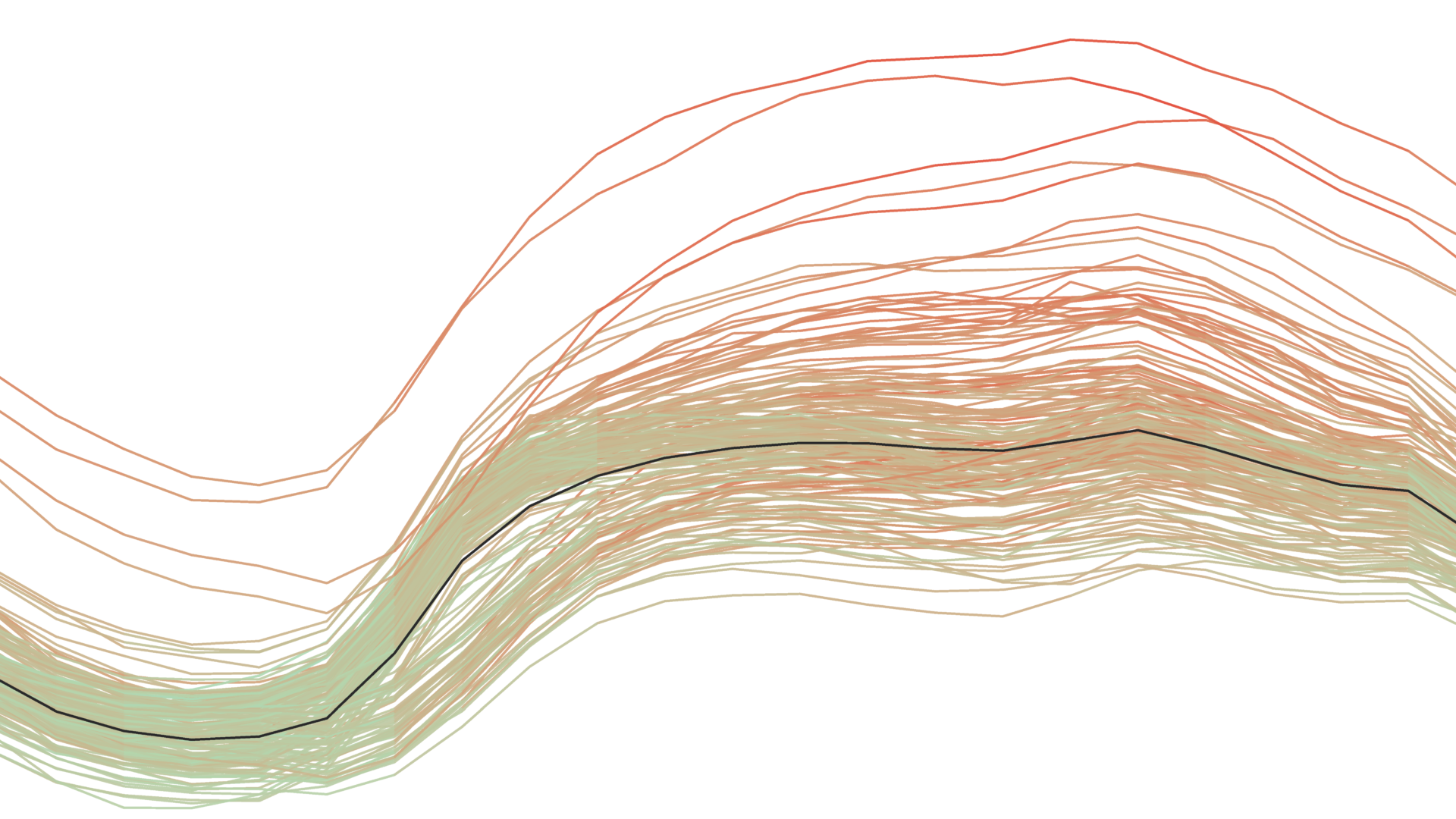From Friday 25th 2021 to Tuesday 29th, western Canada and the U.S. Northwest have been hit by the worst heatwave on records. British Columbia, including the city of Vancouver, was the most severely affected area, with temperatures reaching 50°C in the town of Lytton. The city broke for three times in a week the Canadian all-time hottest temperature record. Heatwaves pose an extreme danger to human health: in British Columbia at least 719 sudden deaths were reported over seven days, nearly three times the usual number that would occur in the province over that period.
Due to the extreme thermal discomfort affecting the population during the heatwave, the use of air conditioners has spiked. The larger is the diffusion of air-cooling appliances, the higher is the immediate response of electricity demand. Although Canada is a temperate country, in the province of British Columbia, the share of households owning at least one AC unit has grown considerably from roughly 10% in 2000 to 37% in 2018. As a result, the region experienced the highest summer demand peak – the hour customers use the most electricity during the season. The power load* data we have analyzed** underscores the exceptional conditions caused by the heatwave: in 42 out of the 72 hours from June 27th to June 29th, hourly electricity demand was higher than the previous record set for the month of June (looking at the past 6-years).
Hourly demand reached up to 9.53 GWh at 5 pm of June 28th, a 16% increase from the previous record set in 2019 and a 35% increase with respect to the seasonal average. The hourly temperature in the same hour in British Columbia reached 35.1°C (we have estimated a value of regional hourly temperatures based on population exposure and on gridded reanalysis data from ERA5).
 Canada is among the OECD countries analyzed in our recent study published in Economic Modelling, showing that, on average, using an AC brings 42% more spending for electricity bills. Furthermore, a literature review published in Nature Energy, analyzing 220 peer-reviewed articles, found that weather extremes do not only affect electricity demand, but can have detrimental impacts on electricity supply and transmission: thermal electricity generation bears most of the risk from heatwaves and droughts, whilst transmission and renewable technologies are more risk-sensitive to cold waves and other extreme events. The energy demand peak induced by a heat wave can therefore coincide with reduced transmission and distribution capacity, further challenging the operation of electricity grids.
Canada is among the OECD countries analyzed in our recent study published in Economic Modelling, showing that, on average, using an AC brings 42% more spending for electricity bills. Furthermore, a literature review published in Nature Energy, analyzing 220 peer-reviewed articles, found that weather extremes do not only affect electricity demand, but can have detrimental impacts on electricity supply and transmission: thermal electricity generation bears most of the risk from heatwaves and droughts, whilst transmission and renewable technologies are more risk-sensitive to cold waves and other extreme events. The energy demand peak induced by a heat wave can therefore coincide with reduced transmission and distribution capacity, further challenging the operation of electricity grids.
In order to investigate if the Canadian heatwave has affected the operations of the grid, we have collected data on the occurrence of transmission outages in all municipalities of British Columbia in the last two weeks. The number of unplanned outages skyrocketed on June 28th, reaching 400 occurrences, and affecting over 40,000 customers, as opposed to a daily average in the week before the heatwave of roughly 50 outages and 1,000 customers affected. Such a spike also indicates that the +35% in hourly electricity demand could have been much larger. It also indicates that many people actually failed to use air-conditioning to effectively adapt to the heatwaves, shedding light on the vulnerabilities of this form of adaptation.
British Columbia is a region where 80% of electricity supply comes from hydropower, meaning that most of the increase in electricity demand does not lead to higher-carbon emissions. Yet other more carbon-intensive power markers may require large ramp-up of flexible but polluting generation technologies, typically gas and coal fired generation, to provide the power needed to cool our homes and stay safe during a heatwave.
Our research team is conducting a set of analyses using high-frequency power market data to understand how, during a heatwave, the supply-side can accommodate the demand shocks, as well as the cost implications for grid management and the environment.
- * The power load is the share of the electricity demand which is met by the grid, excluding decentralized generation such as solar PV.
- **Power load data for 2020 has been dropped due to the exceptional conditions faced during the COVID-19 outbreak
- *** Data source: BC Hydro, grid operator of British Columbia, www.bchydro.com.
